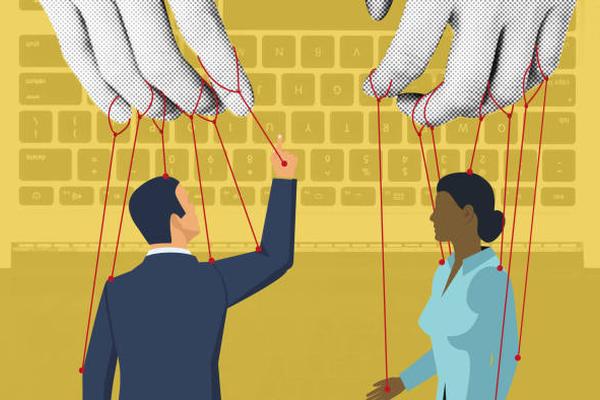Published on the 01/07/2021 | Written by Heather Wright

Too many apps, too little time…
A maze of productivity tools is, ironically, killing productivity at work, leading to mistakes and cheating us out of time – and mental wellbeing.
That’s the upshot of the Workgeist Report ’21 from Cornell University’s Ellis Idea Lab, which found that while companies might be embracing tools such as Slack, Zoom, Teams, Asana et al, they’re leaving workers scrambling to find information and drained and frustrated from all the app switching.
The report found people are spending 59 minutes a day simply looking for information trapped within tools and applications. For 44 percent of workers, siloed digital tools are making it hard to know whether work is being duplicated, with 48 percent saying they’re making mistakes because they can’t keep track of everything going on across all the different digital tools. And it’s leading to workers needing to interrupt their colleagues – an average of two people to find what they need up to five times a day.
“The result isn’t greater productivity – it’s total chaos.”
It’s all leading to what Cal Newport, author of Deep Work: Rules for Focused Success in a Distracted World and A World without Email, terms the hyperactive hive mind – workflow centred on a constant stream of unstructured, unscheduled digital messages, leaving us unable to concentrate and do our best work.
Certainly, those surveyed for Workgeist seem to be agreeing, saying they’re distracted and tired. While 45 percent say it’s making them less productive, nearly an equal number – 43 percent – say it’s tiring to be regularly switching between tools and communications channels.
“People are losing time scouring messaging channels, navigating project management boards, and digging through cloud storage systems,” the Workgeist Report says. “They spend about 20 percent of their typical workday doing this; it’s time that could be better spent doing focussed work like designing a new product or getting user feedback.”
Asana too has flagged the drag of app switching. Its Anatomy of Work Index 2021, showed employees switch between 10 applications 25 times a day on average, fragmenting communication, leading to missed actions and messages and duplicated work and reducing efficiency and helping compound burnout.
Tariq Rauf, CEO and founder of Qatalog which sponsored the report (and who, it should be noted provides ‘an integrated work hub to help teams find whatever they need and get aligned’, so are likely to be somewhat biased), says it’s time to call time on ‘the great productivity scam’.
“There’s been an explosion in the number of apps we rely on to do our jobs, but the result isn’t greater productivity – it’s total chaos,” he says.
“No matter their individual merits, each tool is adding to a noisy digital environment that is, quite literally, driving workers to distraction. The more time that we waste on this mess, the less we have for deep thought and meaningful engagement with our colleagues.”
The pandemic saw businesses embracing apps that promised to provide connectedness and enhanced productivity for teams suddenly working remotely. But Workgeist shows seven out of 10 employees believe there’s are more efficient ways of using technology to get things done.
And it’s not just the Workgeist report warning that app sprawl is killing productivity and the employee experience.
A Citrix Work Your Way report shows 64 percent of workers are using more communication and collaboration tools than they were prior to the pandemic and 71 percent say that’s made work more complex.
“People are working the same or more hours, but they’re accomplishing less because technology is getting in their way,” say Tim Minahan, Citrix executive vice president of business strategy.
“Employees are frustrated, and to keep them engaged and performing at their best, companies need to eliminate the friction and noise from work and deliver technology that adapts to their workstyles rather than forcing them to learn new ways of doing things,” he says.
While Citrix’s solution is digital workspace software, other major collaboration players are starting to take the issue more seriously and are moving to reduce app- and context-switching. Google recently updated its Rooms offering within Chat in an attempt to centralise information within Workspace.



























